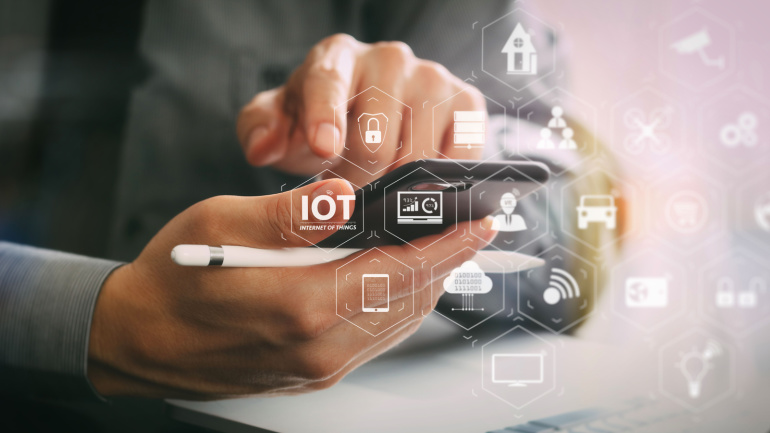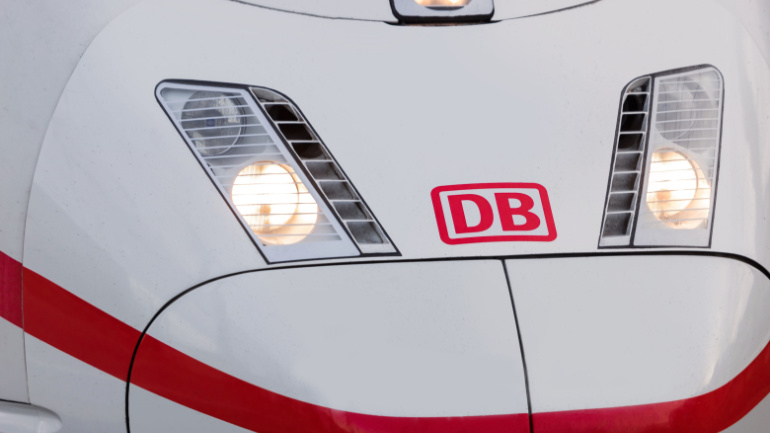In a remarkable stride, Bharti Airtel has connected over 20 million IoT devices via its B2B branch, Airtel Business, amid India’s 5G evolution. This permits a vast assortment of IoT features offered through multiple connectivity mediums. Major deals have propelled Airtel to surpass a key milestone. Moreover, the Airtel IoT platform facilitates enterprises to manage their IoT connections via the Airtel IoT Hub.
In a recently revealed Q2 report, Nokia showed flat sales at €5.7 billion year over year, suggesting reduced capital expenditure by operators. Interestingly, while a 5% sales growth in Nokia’s Mobile Networks unit occurred, a troubling 6% decline at the Network Infrastructure division offset this boost. With stark contrasts across regions, North American sales notably dropped by 42% as 5G deployments slowed, while energetic 5G deployments in India couldn’t adequately balance the losses. Mirroring these figures, Ericsson too reported a 9% year over year decrease in Q2 revenue. A gloomy yet realistic outlook from Nokia’s CEO Pekka Lundmark, coupled with analyst firm Dell’Oro’s forecast on the shrinking RAN predictions, suggests telecommunications could be in for a turbulent few years.
The future of telecommunications is rapidly changing thanks to the surge of Internet of Things (IoT) connections, with an anticipated 142 million 5G IoT roaming connections by 2027. This evolution promises increased speeds, reduced latency, and advanced services, setting the stage for a demand surge in standalone-specific 5G roaming agreements. However, despite these advancements, most connected devices will continue utilizing LTE-M and NB-IoT networks due to their compatibility with mixed traffic. A major hub for 5G IoT roaming is Western Europe, anticipated to host 21% of all such connections by 2027.
Ericsson plans a €155 million investment for a smart manufacturing hub in Tallinn, Estonia. BT will reduce its workforce by 1,100 at Adastral Park while investing in modernization. Cellnex acquires full control of OnTower Poland, expanding its tower portfolio. Unicon launches an enhanced partner program for resellers in end-user computing. NEC introduces a generative AI service to drive business transformation.
Telefonica teams up with Nokia in a bold move to investigate the application of private mobile networks within Latin American businesses. They aim to foster digital transformation across “promising industries”, including ports, energy, mining, and manufacturing. Despite 5G’s infancy in the region, Ericsson’s recent report suggests a promising future, predicting 5G will constitute 42% of all mobile subscriptions by 2028. Meanwhile, Nokia’s data reveals that a whopping 80% of companies implementing their industrial-grade private wireless solutions expect a positive return on investment within six months.
The US and India strengthen their strategic partnership, focusing on 6G research, Open RAN, and semiconductors, while collaborating on technology sharing, co-development, and co-production opportunities between industry, government, and academia.
Virgin Media O2 extends its RAN deal with Nokia, enhancing 4G and 5G coverage in the UK, while exploring potential 5G cloud RAN pilots. This partnership diversifies vendors and supports the nation’s digital transformation.
Deutsche Bahn, Ericsson, O2 Telefónica, and Vantage Towers collaborate on the Gigabit Innovation Track project, securing €6.4 million to provide gigabit 5G speeds for German train passengers and explore resource-efficient implementation methods. The trial aims to deliver reliable 5G by 2024, potentially impacting global connectivity improvements.
The European Commission allocates $9.2 billion for R&D initiatives in telecoms and semiconductor sectors, targeting innovative microelectronics, 5G and 6G technologies. To support digital sovereignty goals, private investment of $15.5 billion and 56 companies are involved.
Telekom Malaysia and China’s ZTE embark on an R&D partnership for network and digital transformation strategies, raising questions about potential geopolitical ramifications. Reflecting Malaysia’s growing interest in collaborating with Chinese suppliers, the deal’s long-term effects remain to be seen.











